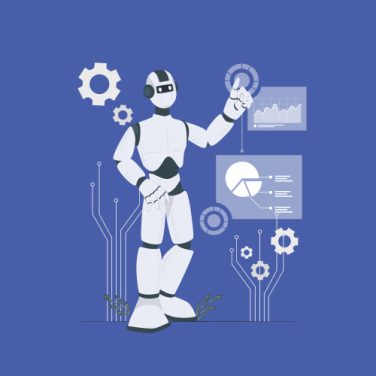An attendance management system project begins by defining core objectives and clarifying why accurate attendance tracking matters.
What is attendance management?
- Tracking check-ins/check-outs via biometric, mobile or online tools
- Enforcing shift patterns, leave policies and overtime rules
- Monitoring culpable vs innocent absenteeism for fair treatment
- Supporting remote and hybrid teams with location-based features
Advanced analytics transform raw attendance data into insights on lateness patterns, time theft, and workforce trends. Integrating a solution like MiHCM Analytics enables HR teams to forecast staffing needs and optimise labour costs.
Project initiation and stakeholder alignment
Building your business case: Launching an attendance management system project starts with a project charter that defines scope, objectives, timeline and budget.
Key stakeholders include HR, IT, finance, operations and legal teams. Conduct stakeholder interviews to align business goals—such as reducing payroll errors and improving compliance—with technical requirements like integration capabilities and data security.
- Define success criteria: attendance accuracy, payroll discrepancy reduction, user adoption rates
- Establish governance: steering committee, project sponsors and decision-making framework
- Assign roles: project manager, technical lead, HR administrator and change champion
Aligning stakeholders early ensures clear communication, mitigates risks and secures necessary resources for a smooth implementation.
Key functional vs. non-functional criteria
| Criteria | Details |
|---|---|
| Time Capture Methods | Biometric, mobile app, online kiosk, GPS geofencing |
| Leave & Shift Rules | Flexible shift patterns, statutory leave calculations, overtime policies |
| Scalability & Security | Multi-tenant cloud, role-based access, data encryption |
| Integration | Payroll, HRIS, single sign-on, third-party devices |
The process
- Document detailed functional and non-functional requirements.
- Issue an RFP or vendor questionnaire tailored to your needs.
- Evaluate demos and run PoCs using real attendance data.
- Use a scoring matrix to compare features, cost, support and compliance.
- Select the optimal vendor and negotiate SLAs and licensing terms.
Testing strategy
- Define unit tests for clock-in rules, shift patterns and leave calculations.
- Perform integration testing with payroll, HRIS and mobile apps.
- Conduct performance and security tests, including geofencing accuracy.
- Run UAT with real users, track defects and execute regression tests.
- Finalise go-live readiness checklist covering configurations and user training status.
Training roadmap
- Develop tiered training for HR admins, managers and employees.
- Use MiA self-service portal for interactive tutorials and quick guides.
- Schedule hands-on workshops and webinars, with follow-up coaching.
- Communicate changes through newsletters, intranet notices and town halls.
- Establish champions in each department to drive adoption and provide feedback loops.
Defining go-live metrics
- Attendance Accuracy Rate: Target ≥ 99% correct entries.
- Payroll Error Reduction: Measure before vs after discrepancies.
- System Uptime: Maintain 99.9% availability SLA.
- User Adoption: Track logins, mobile vs kiosk check-ins, self-service usage.
- Real-Time Alerts: Monitor geofencing breaches and attendance anomalies via MiHCM Data & AI dashboards.
Adopt a phased rollout or pilot approach to mitigate risks. Conduct daily stand-ups during the first week to review issues and update configurations based on feedback.
Post-implementation support and improvement
- Establish support channels: helpdesk, AI chatbot, and escalation paths.
- Gather ongoing user feedback and monitor system performance metrics.
- Schedule quarterly health checks and audits to validate configurations.
- Use analytics to identify policy optimisations and process improvements.
- Plan feature rollouts: mobile geofencing enhancements, advanced analytics reports.
- Maintain a knowledge base with FAQs, best practices and troubleshooting guides.
Continuous improvement ensures the attendance management system evolves with organisational needs and technology advancements.



